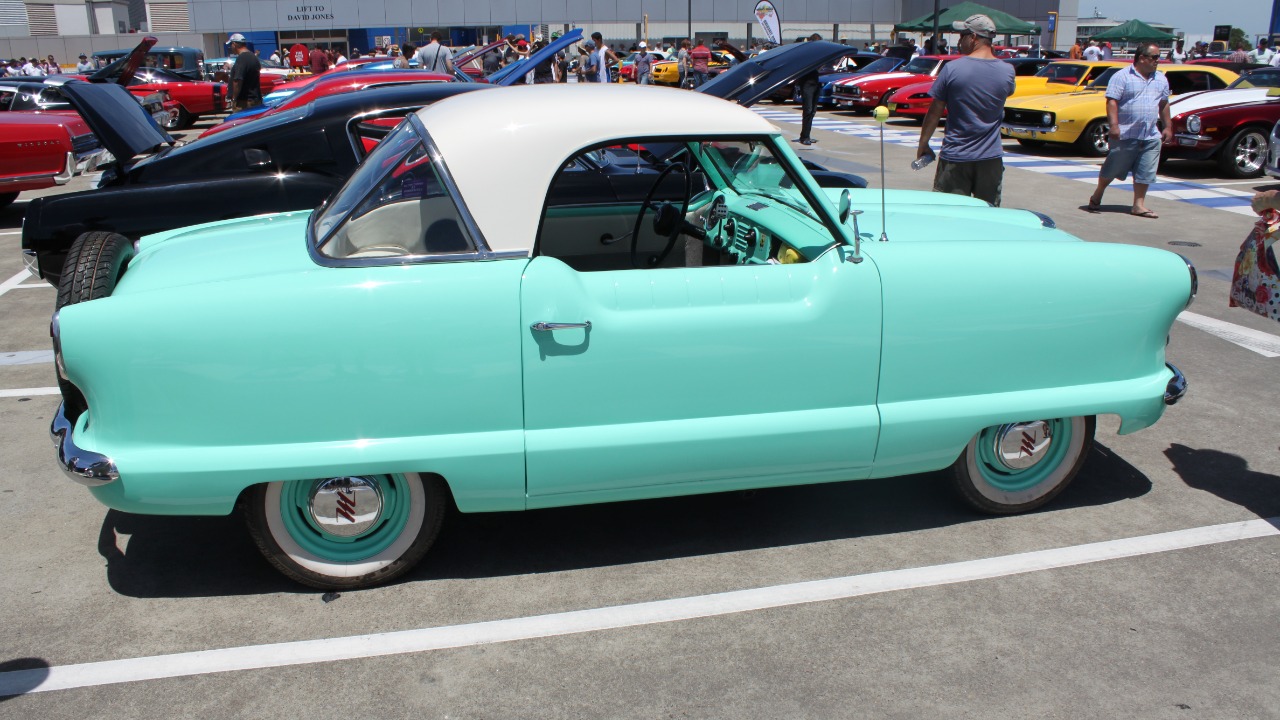
The 1950s were a golden era for automotive design, characterized by bold lines and innovative engineering. While some cars from this decade became iconic, others quietly faded into obscurity. Let’s explore twelve underrated vehicles that deserve to be remembered and celebrated for their unique contributions to the automotive world.
Hudson Hornet
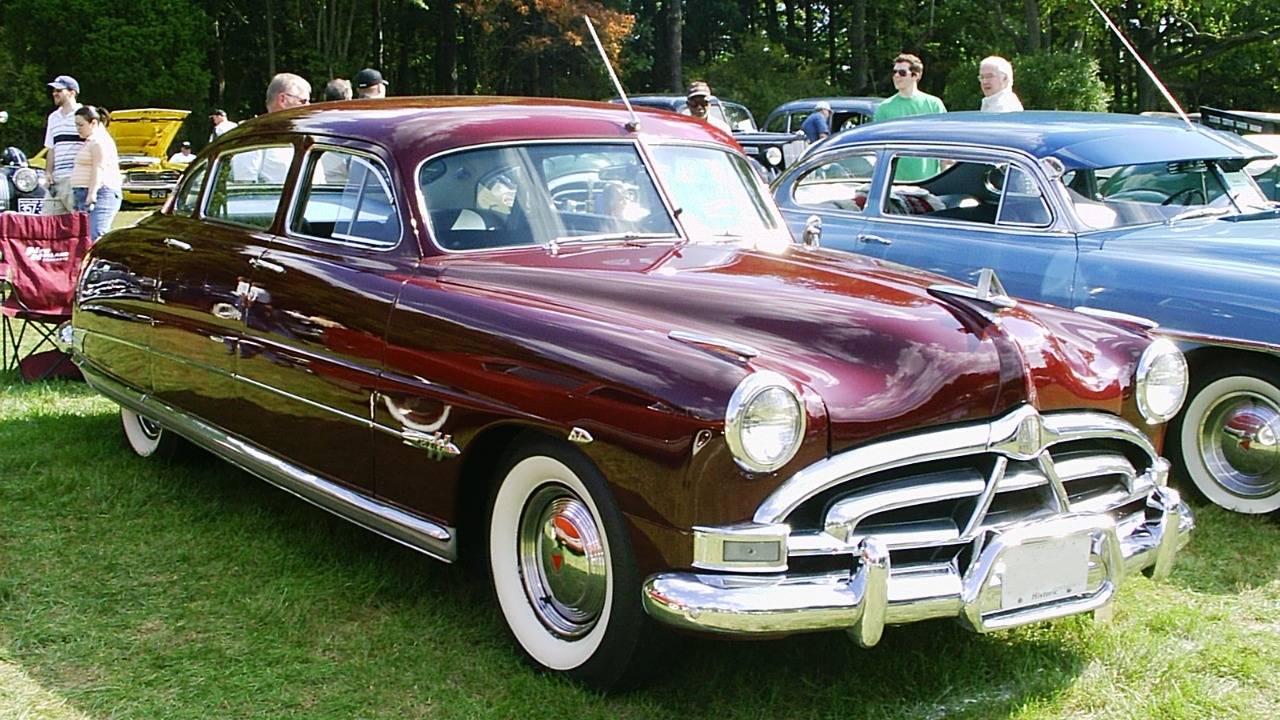
Known for its “step-down” design, the Hudson Hornet offered a low center of gravity, improving handling and performance. This design innovation made it a formidable competitor in early NASCAR races. The Hornet’s robust engine and sleek styling were ahead of its time, but the brand’s merger into American Motors Corporation eventually led to its decline. Despite its disappearance from the market, the Hornet’s legacy lives on among classic car enthusiasts who admire its engineering prowess.
Kaiser Darrin
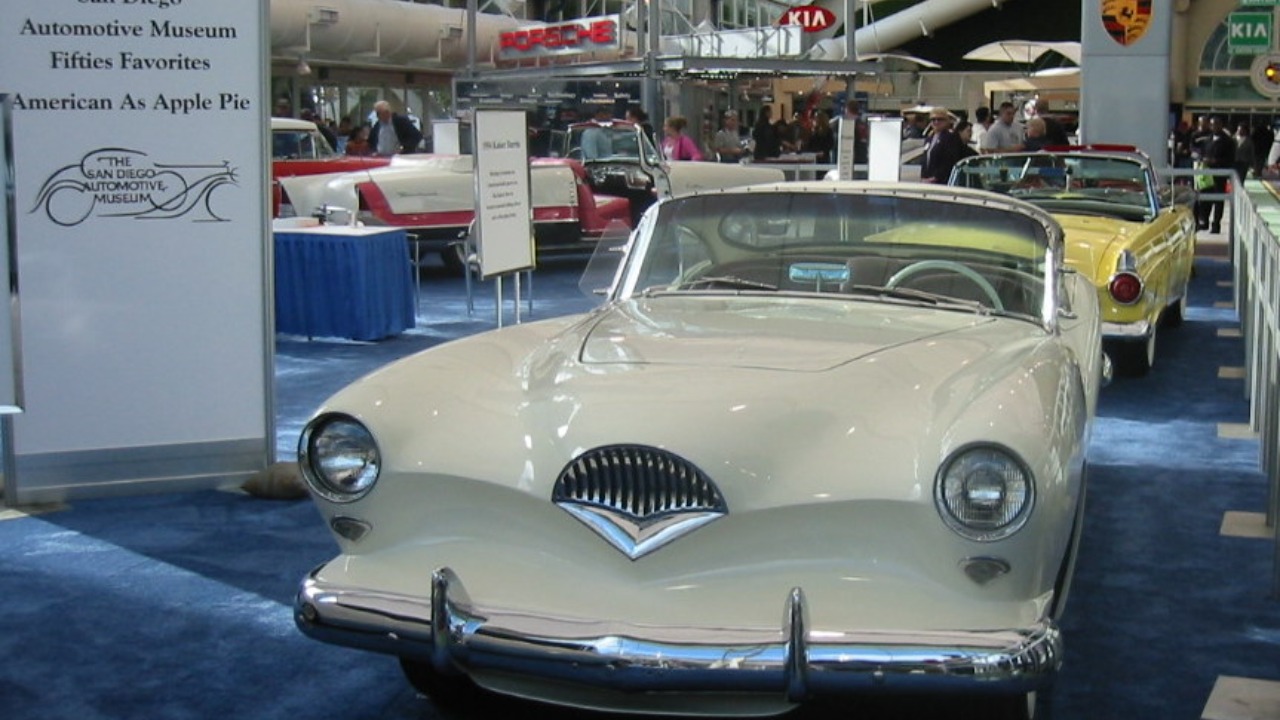
The Kaiser Darrin was one of the first fiberglass sports cars in America, featuring unique sliding doors and a distinctive “pouting” front grille. Designed by Howard “Dutch” Darrin, it was a marvel of innovation during its brief production run. The car’s limited numbers make it a collector’s dream today. Its advanced design elements and rarity contribute to its enduring appeal, capturing the spirit of 1950s automotive experimentation.
Nash Metropolitan

This compact car, produced by Nash Motors, was a pioneer in the subcompact segment. The Nash Metropolitan was designed to be economical and stylish, appealing to a new generation of drivers. Its charming design and efficient engine made it popular in urban environments. Though it was initially met with skepticism, the Metropolitan’s enduring charm and practicality have made it a beloved classic among collectors.
Studebaker Commander
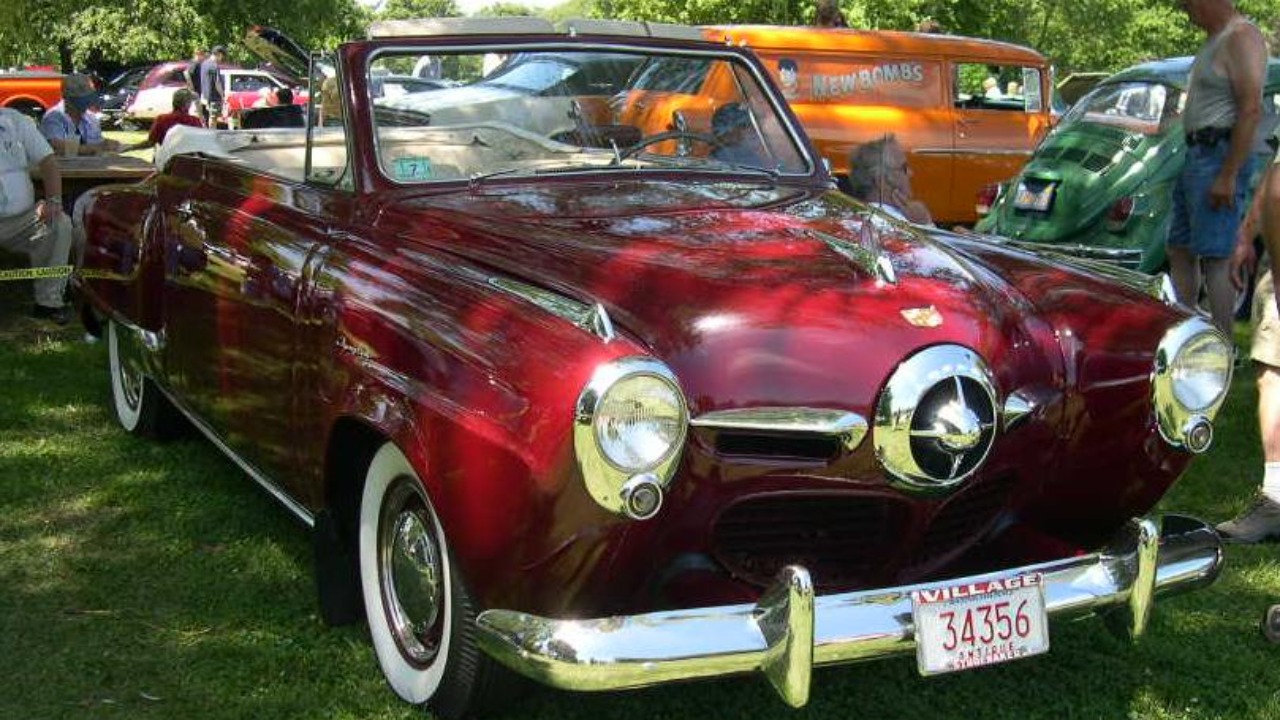
The Studebaker Commander was known for its sleek design and robust engineering. With its distinctive bullet-nose front, it stood out in the crowded 1950s market. The Commander offered a range of body styles and engines, making it versatile for various consumer needs. Despite its innovative features, financial difficulties led to Studebaker’s decline. However, the Commander remains a symbol of American automotive ingenuity.
Packard Caribbean
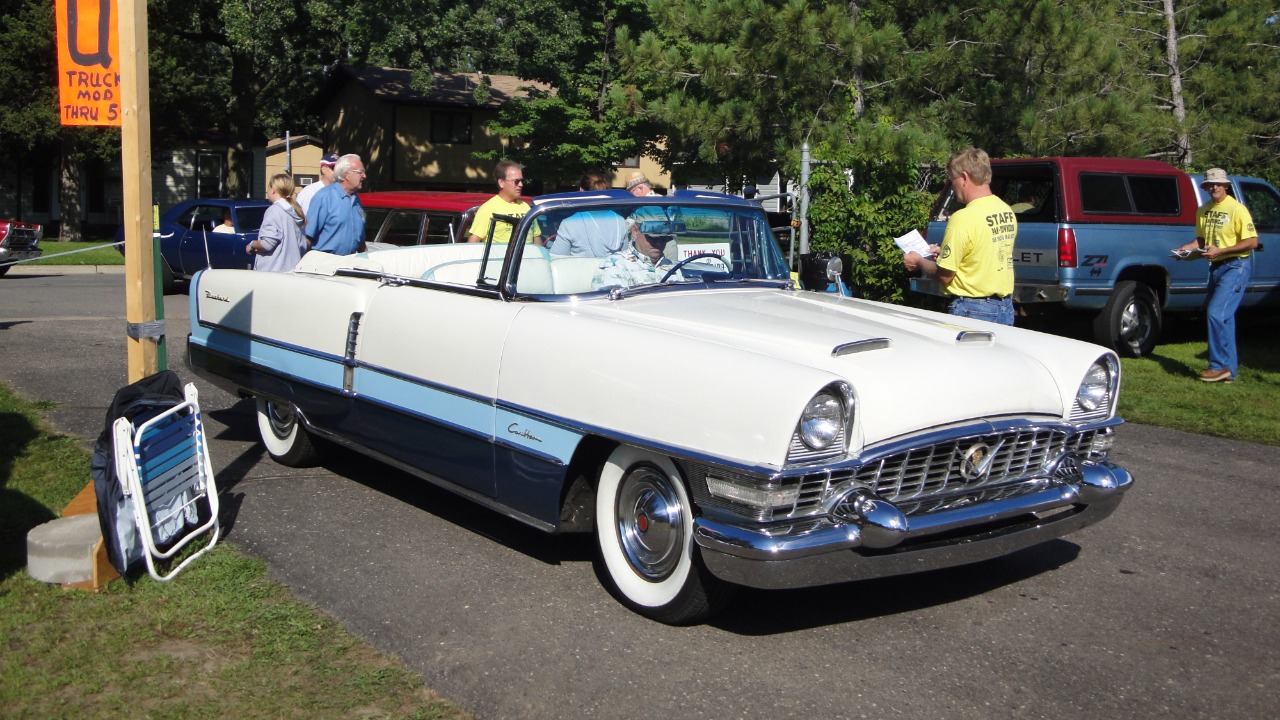
The Packard Caribbean was a luxury convertible with a powerful V8 engine and elegant styling. Its production numbers were limited, making it a rare sight on the roads even at the time. The Caribbean was equipped with advanced features such as a self-leveling suspension, showcasing Packard’s commitment to luxury and innovation. Today, it is a sought-after classic that represents the peak of 1950s automotive luxury.
Willys Aero
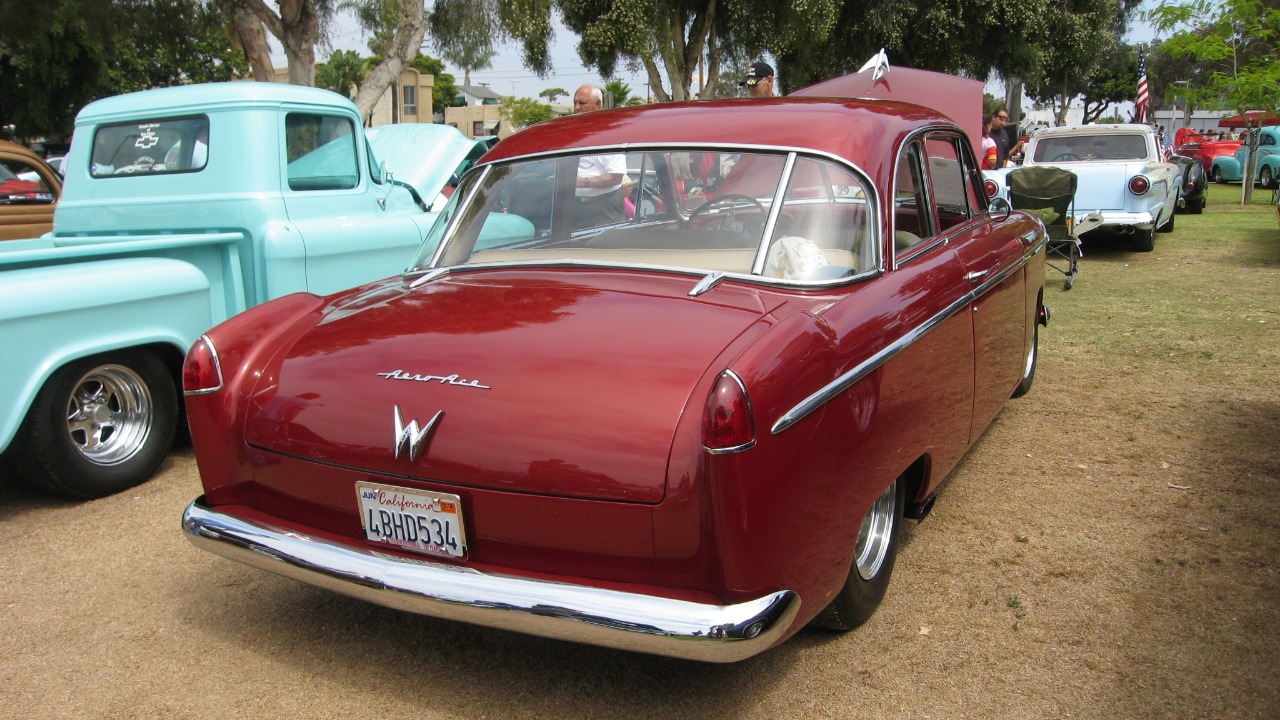
Produced by Willys-Overland, the Willys Aero was a line of compact cars known for their aerodynamic design and fuel efficiency. It offered practicality and style during an era when larger vehicles dominated the market. Although it struggled to compete against bigger brands, the Aero’s clever design and efficient performance have earned it a place in automotive history as a pioneer of the compact car movement.
DeSoto Firedome
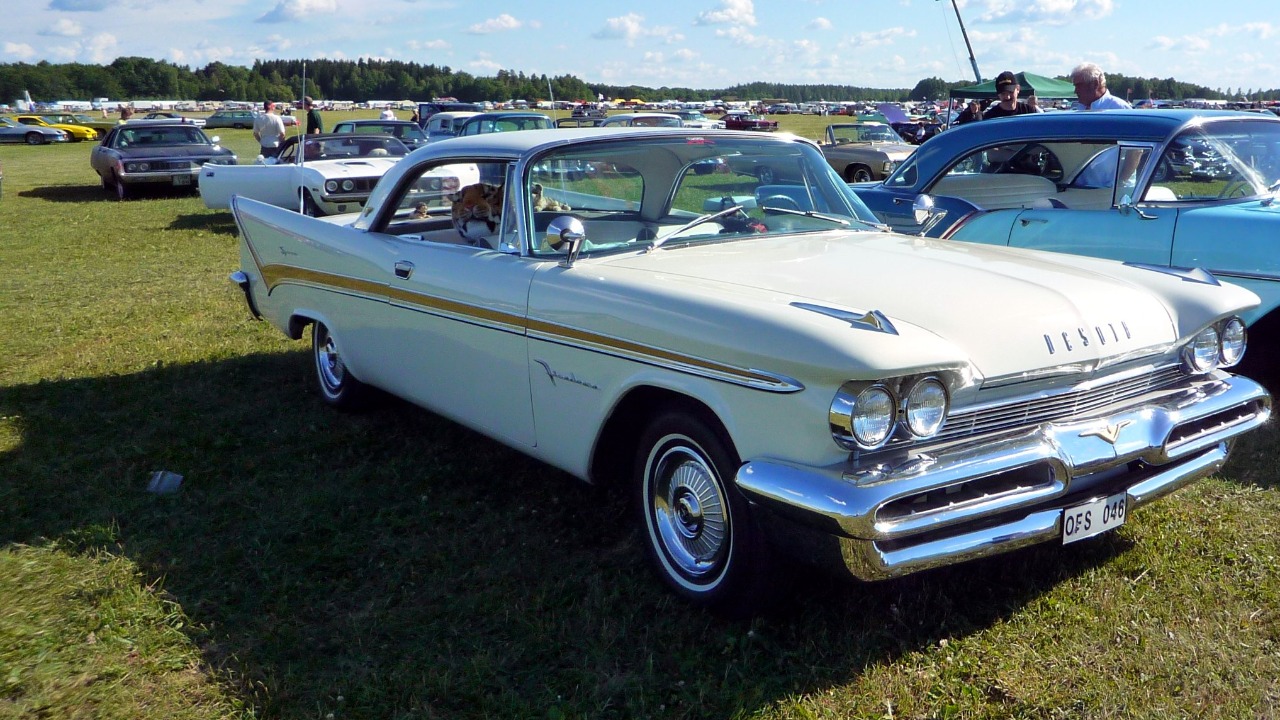
The DeSoto Firedome was a significant model for introducing the hemispherical combustion chamber engine, known as the Hemi. This innovation provided more power and efficiency, making the Firedome a performance standout. DeSoto’s reputation for quality and performance made it a favorite among drivers seeking something different. Though the brand eventually disappeared, the Firedome’s engineering achievements are still celebrated by car enthusiasts.
Crosley Hotshot
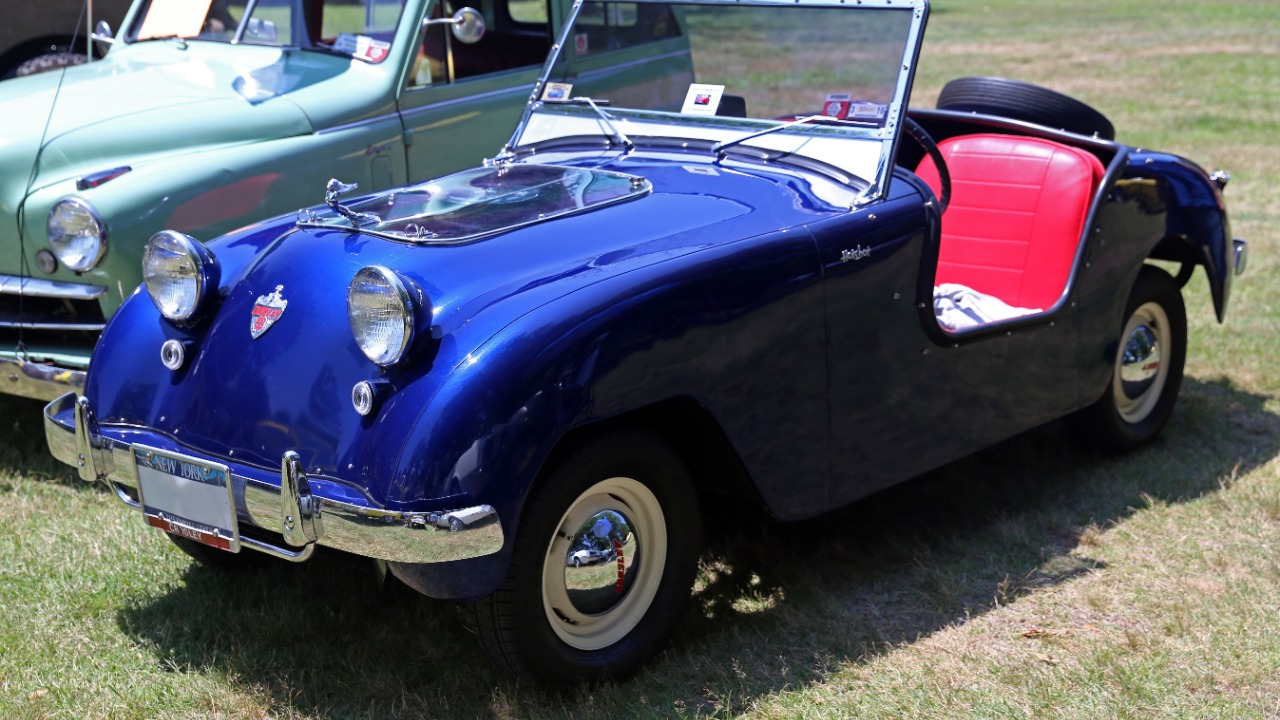
The Crosley Hotshot was a diminutive sports car that packed a punch with its lightweight design and peppy engine. Affordably priced, it was accessible to many and offered surprising performance for its size. Crosley’s innovative approach to small car design was ahead of its time, and the Hotshot remains a testament to the potential of compact sports cars.
Frazer Manhattan
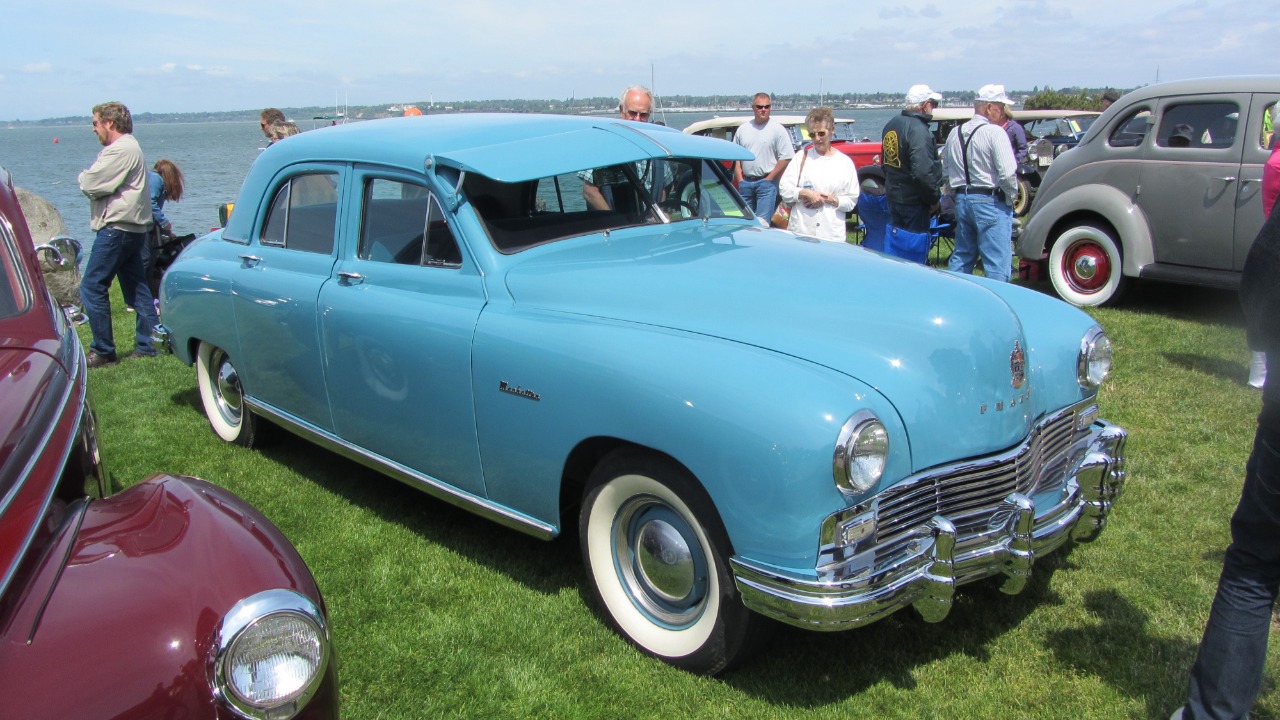
The Frazer Manhattan was a mid-range luxury car known for its graceful styling and innovative features, such as a one-piece windshield. Designed by Howard Darrin, it offered a touch of elegance to the post-war car market. The brand’s struggle to maintain a foothold in the competitive automotive industry led to its eventual disappearance, but the Manhattan’s design and luxury continue to be admired by collectors and historians.
Rambler Rebel
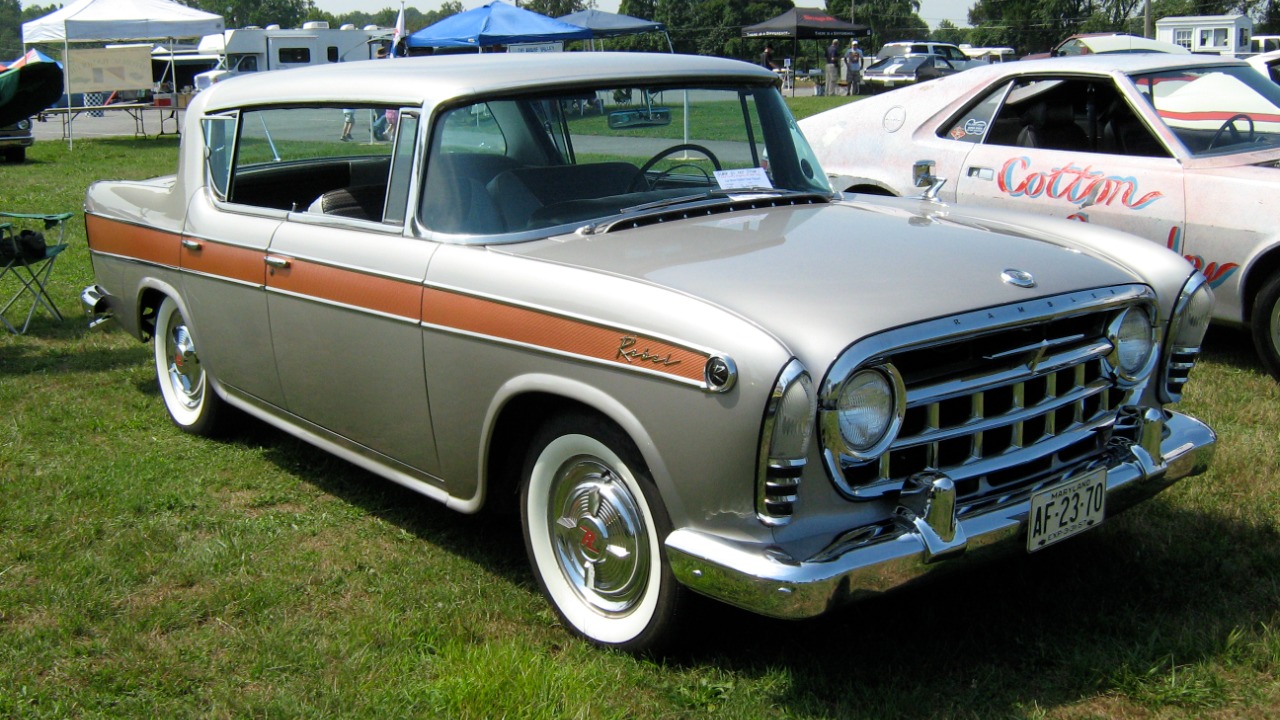
The Rambler Rebel was a trailblazer, introducing the first American V8 engine in a compact car. This innovation provided exceptional performance, earning it a place in automotive history. The Rebel’s blend of power and efficiency made it a popular choice among consumers seeking a practical yet exciting ride. Its legacy is preserved by those who appreciate its pioneering spirit and contribution to the compact car movement.
Dodge La Femme

The Dodge La Femme was a unique attempt to market a car specifically to women, featuring feminine colors and accessories. It included a matching purse and raincoat, making it a complete package for the stylish woman of the 1950s. Although it did not achieve commercial success, the La Femme is a fascinating example of mid-century marketing strategies and remains a collectible piece of automotive history.
Plymouth Belvedere
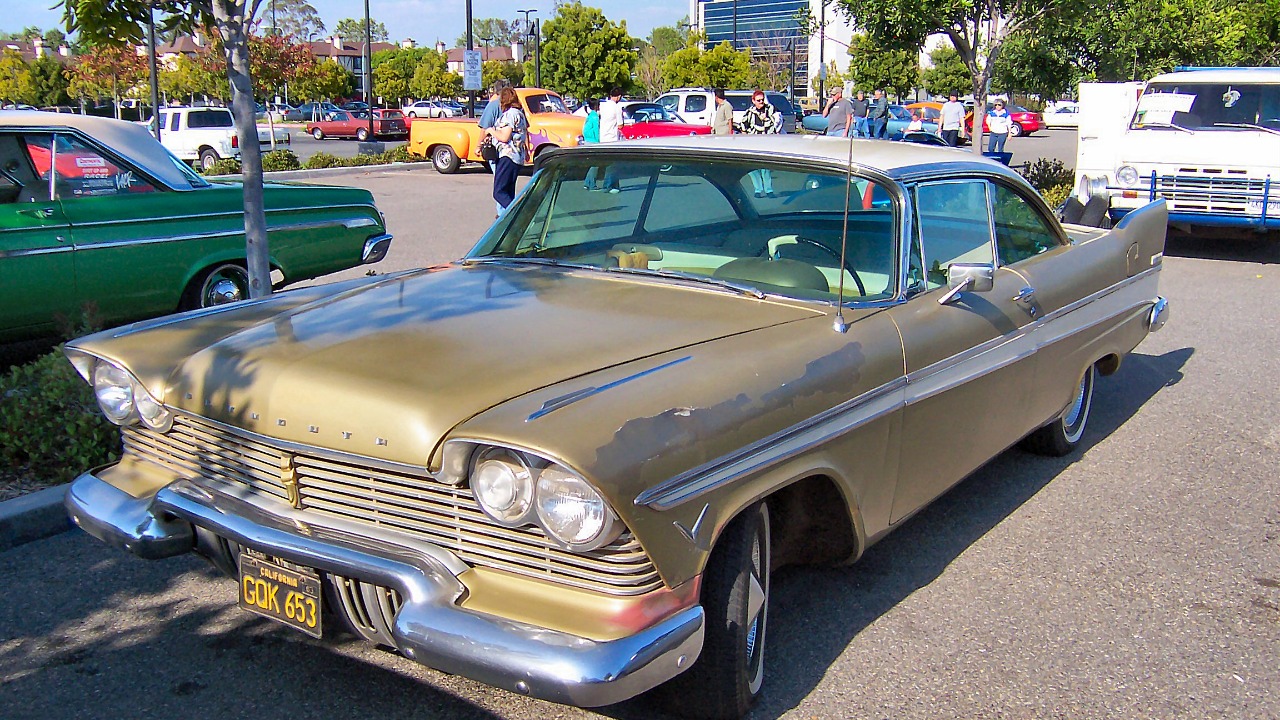
The Plymouth Belvedere was a popular model known for its distinctive tailfins and powerful engines. It offered a range of options, from practical family sedans to high-performance models. The Belvedere’s adaptability and style made it a staple of the 1950s automotive landscape. Despite being overshadowed by other brands, it remains a beloved classic, celebrated for its contribution to the era’s automotive culture.